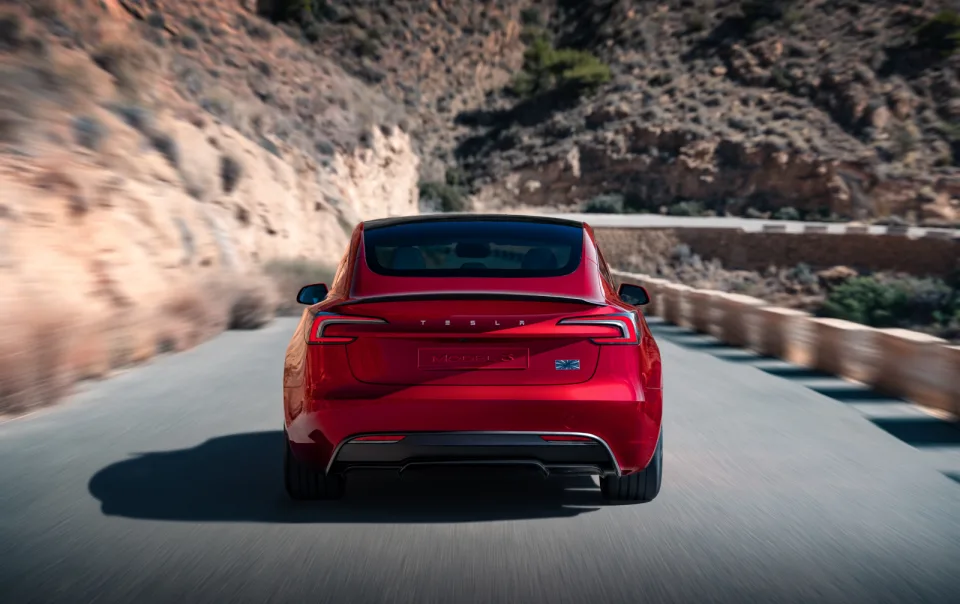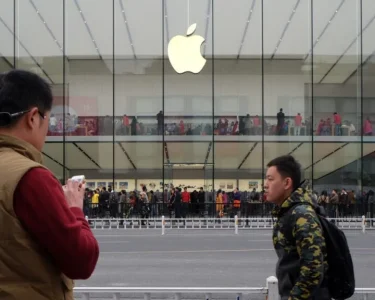Tesla’s Full Self-Driving (FSD) technology has long been a topic of conversation and speculation. In a recent announcement, the electric vehicle (EV) giant revealed that its FSD software is expected to be fully ready for Europe and China by early 2025. This is exciting news for Tesla owners and EV enthusiasts in these regions, marking a major step forward in Tesla’s global FSD ambitions. With the promise of increased safety, enhanced convenience, and a glimpse into the future of transportation, Tesla is setting the stage for a new era in the automotive world.
What Is Tesla’s Full Self-Driving?
For those unfamiliar, Tesla’s Full Self-Driving (FSD) system is a suite of driver assistance features that allow Tesla vehicles to operate semi-autonomously. While FSD does not make the vehicle fully autonomous, it allows the car to navigate on highways, change lanes, park, and respond to traffic signals with minimal driver intervention. Currently, FSD requires the driver to remain attentive and ready to take control, but the eventual goal is for the system to achieve full autonomy.

With regulatory and technical challenges delaying the global rollout, Tesla’s commitment to expanding FSD capabilities into Europe and China signals significant progress in overcoming these hurdles. This development aligns with the company’s overarching goal of achieving a future where transportation is both safer and more sustainable.
A Major Move for Tesla in Europe and China
Both Europe and China represent key markets for Tesla, not only because of their large populations but also due to their increasing embrace of electric vehicles. The announcement of FSD expansion to these regions highlights Tesla’s intention to further solidify its presence in the global market, especially in countries where governments are actively pushing for green energy and smarter transportation systems.
Tesla has had a significant presence in China, where it operates Gigafactory Shanghai, one of its largest production facilities. China’s massive EV market is crucial to Tesla’s growth, and the introduction of FSD will likely boost the company’s competitive edge in the region. Similarly, Europe, with its stringent safety regulations and growing EV infrastructure, represents a market where FSD could thrive once Tesla overcomes regulatory barriers.
The deployment of Tesla’s Full Self-Driving system in Europe and China won’t be without its challenges. Both regions have strict regulations when it comes to autonomous driving technology. In Europe, various countries have different standards and regulations for self-driving cars, making it essential for Tesla to work closely with local authorities to ensure compliance.
China, while more flexible in some respects, still poses unique challenges due to its regulatory framework and data security laws. Tesla has previously faced scrutiny over data privacy in China, with concerns about how the company collects and stores information from its vehicles. Ensuring that FSD adheres to these data security laws will be a key component of Tesla’s strategy as it looks to roll out the software in the country.
However, Tesla CEO Elon Musk has expressed confidence in the company’s ability to meet these challenges head-on. By working with regulators in both regions, Tesla aims to ensure that FSD will be fully compliant with local laws, providing a seamless and legal driving experience for Tesla owners.
The Benefits of Full Self-Driving
One of the biggest advantages of Tesla’s Full Self-Driving system is its potential to dramatically increase safety on the roads. According to Tesla, FSD could reduce accidents caused by human error, which is responsible for the vast majority of vehicle crashes. With advanced features like automatic lane changes, traffic-aware cruise control, and the ability to navigate complex environments, FSD offers a safer driving experience.
Another benefit of FSD is convenience. Drivers can experience less stress during long trips or daily commutes, as the vehicle takes over many of the more monotonous tasks. This could lead to a future where road trips become more enjoyable and less tiring for drivers, especially in dense urban areas or during peak traffic times.
FSD also represents a step toward the future of autonomous transportation. As the technology improves, the possibility of fully autonomous vehicles—cars that drive themselves without any human input—becomes more tangible. This could eventually lead to new transportation models, such as robo-taxis and fully autonomous delivery vehicles, further transforming how people and goods move.
Timeline and Expectations
Tesla’s announcement of Full Self-Driving’s arrival in Europe and China by early 2025 suggests that significant progress has been made in overcoming technical and regulatory obstacles. However, it’s important to note that Tesla has previously missed deadlines for FSD rollouts. While Elon Musk has often expressed optimism about the timeline for FSD, delays are still a possibility due to the complexity of the technology and the strict regulations involved.
Despite potential delays, Tesla’s progress is undeniable. Over the past few years, Tesla has rolled out continuous updates to its FSD software, improving its functionality and expanding its capabilities. The current iteration of FSD, known as the beta version, has been available to select Tesla drivers in the United States. This testing phase has helped the company refine the system, making it more robust and reliable with each update.
As the technology continues to evolve, Tesla owners in Europe and China can expect a more refined and reliable FSD experience. The promise of FSD transforming driving in these regions is becoming increasingly likely, and the early 2025 timeline seems achievable given Tesla’s recent advancements.
Final Thoughts
The expansion of Tesla’s Full Self-Driving system into Europe and China by early 2025 marks a significant milestone in the company’s efforts to bring autonomous driving technology to the global market. While challenges remain, especially around regulatory approval and technological refinement, the potential benefits of FSD make it a highly anticipated feature for Tesla owners and the broader EV community.
As we move closer to the age of autonomous vehicles, Tesla is once again proving its ability to lead the charge in innovation. With the promise of enhanced safety, convenience, and a glimpse into the future of transportation, Full Self-Driving technology could be the key to a new era in the automotive industry.
For more updates on Tesla and the world of technology, check out Digital Digest.




